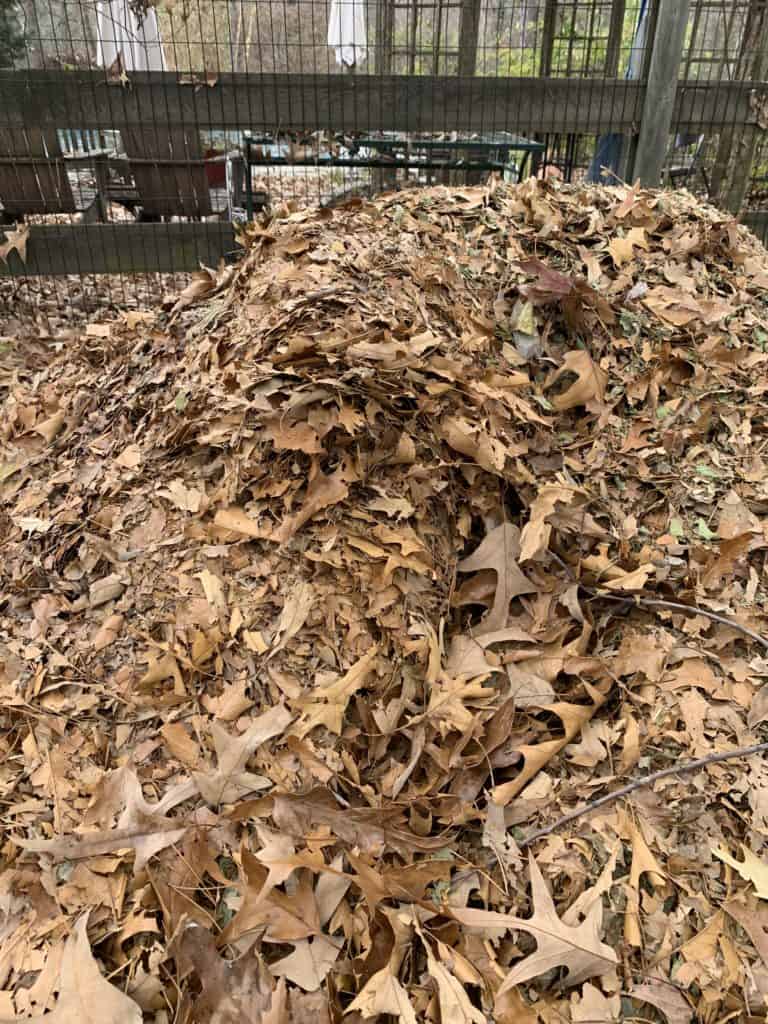Gardening for Health

Prepare Your Garden for Winter
By Maria Price
As winter arrives, you want to make sure you have prepared your garden so that you have good soil to work with in the spring. Try not to leave your garden soil barren during the winter as you can lose too many nutrients to wind and rain that contribute to the nutrient pollution of the Chesapeake Bay and groundwater.
The late Dr. Frank Gouin, former Bay Weekly columnist, plant scientist and professor at the University of Maryland said that research has shown that leaving agricultural soils fallow during the winter months harms the environment and depletes the soil. Fallow land can even develop more soil borne disease problems the following year.
It is recommended to plant a cover crop of winter rye or daikon radish to replenish the soil, especially in a vegetable garden. In a perennial garden, it’s best to add organic material such as chopped leaves, straw, old hay or animal bedding into the soil. Leaves are free and very plentiful this year. As you collect your leaves, run over them with a lawn mower to chop them and then add them to your perennial garden.
Nutrients like nitrogen, potassium and magnesium are highly soluble and any of these nutrients that were not absorbed by your plants in the summer, will leech into the groundwater. Winter rye will scavenge these nutrients from the soil. In the spring when you roto-till the rye into the soil, these nutrients will be released to next year’s crop. If you add 3 to 4 inches of chopped leaves or straw, they will absorb the excess nutrients. The breakdown of the organic matter will also increase the cation-exchange capacity (CEC) of the soil while also fixing the nutrients as they become available and holding them there.
Good garden soil is biologically active. We have to always feed the soil in order to feed the plants. Good soil contains beneficial organisms that also help to control disease-causing organisms. Some of these beneficial organisms produce disease-suppressing fungicides. So make sure to cover any bare soil with a cover crop or organic matter to prevent soil erosion and nutrient loss. It’s nature’s blanket for the cold winter months ahead.
